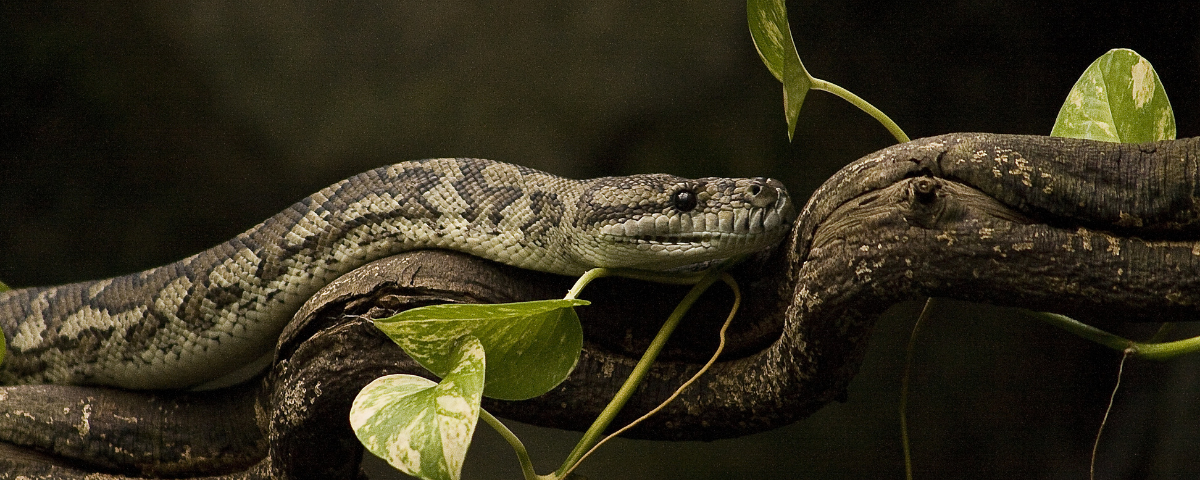As the number of invasive species grows, so do the number of ways people try to prevent them from entering their community. But what is an invasive species? And how do you tell the difference between an invasive species and a non-invasive species?
Invasive species are organisms that are introduced into a new ecosystem by human action. They are classified as non-natives. That is, they are not native to the ecosystem. These organisms may not cause any direct harm to the ecosystem but can alter it in some way, which will negatively affect the ecosystem.
What are the different kinds of Invasive Species?
There are many kinds of invasive species, but all of them can be defined as plants or animals brought from their native environment to a new location where they don’t belong. In other words, invasive species are introduced into a new area. This can happen accidentally or by design, either by a scientist releasing a species for testing purposes or a person who intentionally plants a new species in a new area.
Invasive species are animals, plants, insects, or other organisms introduced into a new ecosystem by human activities. The initially introduced species usually have advantages over the local species, including traits that allow them to compete with or replace the existing species in that ecosystem. Species that can out-compete the native species may be able to establish and persist in the new environment. The success of invasive species is usually dependent on the current stand of the indigenous species in the ecosystem. For example, invasive shrubs such as Buckthorn can form dense thickets that shade out native understory plants, and controlling them often requires repeated treatments and careful follow-up to prevent reinvasion. Another example of an invasive species is in Florida, the Burmese python, successfully eradicated from the Everglades National Park in Florida but has established itself in the Florida Keys.
Are Invasive Species Good or Bad for the Environment?
Invasive Species are those that are introduced by humans to a place where they do not naturally occur. They can also be described as non-native species that have been introduced to new environments and have a negative effect. Some negative effects include the destruction of local species or natural communities. They can harm the food chain and the overall ecosystem. Some of the more famous examples of invasive species include the zebra mussel, Asian carp, and the lionfish.
– Invasive species are those that are introduced to an area, typically by human intervention, where they are not native.
– The consequences of invasive species are diverse, ranging from minor to severe ecological, economic, and human health consequences.
– Common consequences include alteration of habitat, displacement of native species, increased competition, the spread of disease, reduction of biodiversity, and negative economic impacts.
– Some invasive species have become invasive because their natural predators, parasites, or pathogens have been removed by human activity.
– Non-native species can cause serious damage to an ecosystem. They can affect all levels of an ecosystem.
– Not only do invasive species cause a decrease in the number of native species, but they can also cause changes to the natives.
What is the impact of invasive species on the ecosystem?
Invasive species are having a big impact on the environment. An alarming number of species are making their way into new areas across the globe. There are now an estimated more than 1.7 million invasive species in the world, with about 7,000 new species added every year. That’s more than 30 species added for every 10,000 square miles of land. It’s estimated that human activities are driving invasive species into new areas at a rate of 2 to 3 times the rate at which they are spreading naturally.
Invasive species is a term often applied to non-native species of plants, arthropods, and vertebrates, which have been introduced to a new region or habitat in such a way that they cause harm to the native biodiversity, usually in the form of habitat loss, the introduction of disease, or competition for resources. Invasive species are usually introduced accidentally or deliberately by humans to new areas, where they cause harm to the native biodiversity.
So, invasive species are harmful to native species. Invasive species are often introduced by humans, typically accidentally. Invasive species can change the balance of nature for the worse through competition with native species, consumption of native species, and altering the natural landscape. Invasive species can cause extinctions unique to that ecosystem and can be harmful to humans as well.



